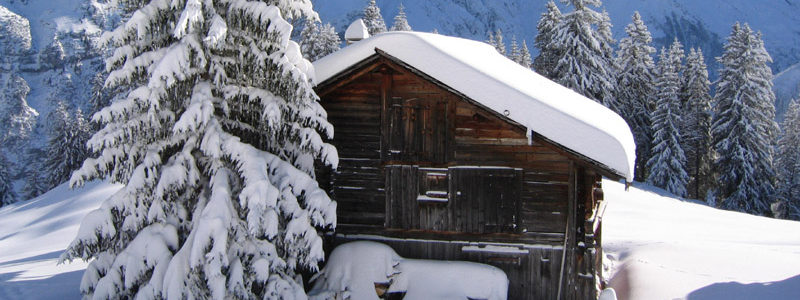With the air getting chillier by the day, it’s the time of year when it’s wonderful to get home from a day out in the blustery weather and warm up with hot tea and a warm change of comfy clothes and maybe even a cuddly pet. If you’re one of those people who enjoys becoming a home body during the cold months, I’d say it’s natural. And what better way to make use of this natural inclination than to scope out some home projects!
You might consider re-organizing your closets or re-upholstering your dining room chairs. Or—if you haven’t thought of it—you might want to consider creating a home safety project for yourself. Today, we’re here to talk specifically about making your home earthquake safe, so I hope you’ll be inspired.
Since earthquakes strike suddenly and without warning, there’s no better time than now to reduce the risk to you and your household as much as possible. Here’s a non-exhaustive list to get you started:
- Get your home’s structure assessed by a professional. Common examples of weaknesses to ask about are structures not anchored to their foundations, weak crawl space walls, unbraced pier-and-post foundations, or unreinforced masonry walls or foundations. If need be, get any weaknesses corrected by professionals.
- If you’re a renter, ask what has been done to strengthen the property against weaknesses and consider this information when deciding where to rent.
- Objects in your home can be more dangerous during an earthquake than the structure itself. Anything that is loose can become a missile. That’s why it’s a good idea to secure bookshelves and cabinets to the walls, as well as other heavy objects like tv’s and home electronics. Walk through your home and consider anything that is hanging from the walls and ceilings and the potential threats they would pose in an earthquake. Then secure items with flexible fasteners or hooks.
- Ensure that plumbers have installed flexible connectors on all gas appliances.
For more tips on how to get your home earthquake safe, visit FEMA: Earthquake Safety at Home. And remember, preparedness can prevent injury and even death!
-Article contributed by Sophie Wooding – Avid gardener and cyclist in Victoria, BC and Content Writer for Frontier.io

